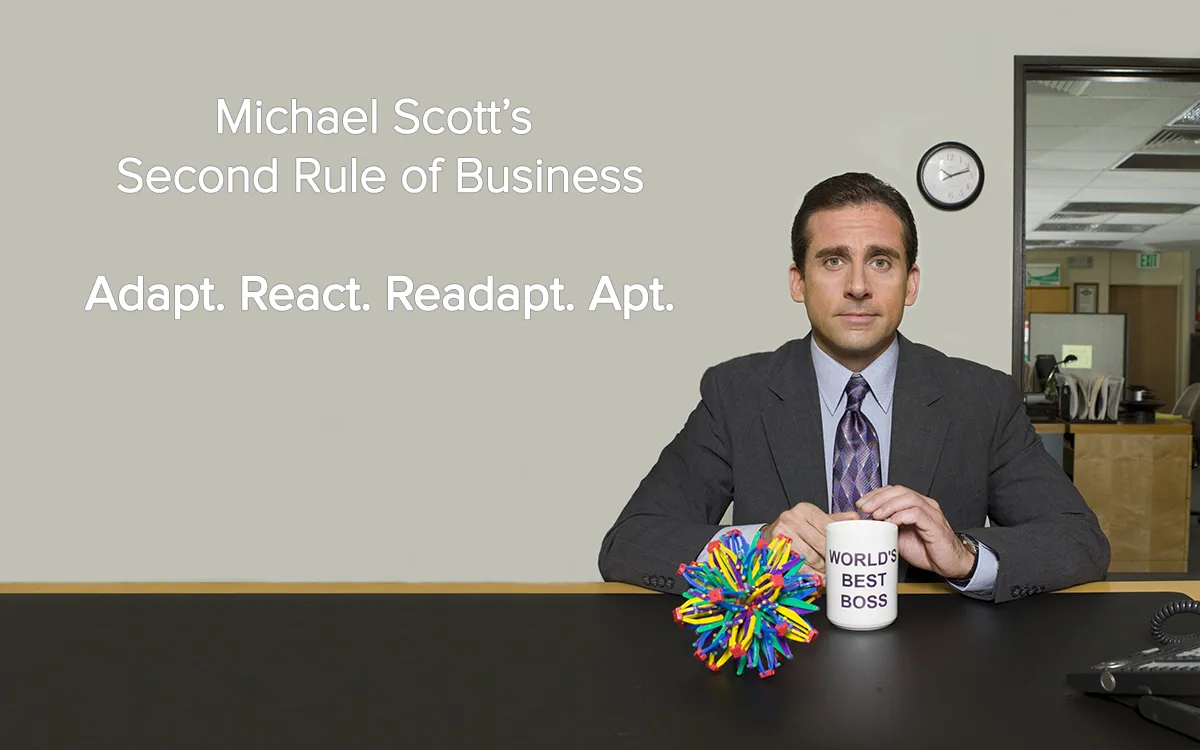Last Updated on August 31, 2023 by David
Constantly adapt and readapt your customer engagement strategy.

The best way to think about customer service is to evaluate your needs as an eCommerce business and your customers’ demands at separate and distinct growth phases. Remember, customer service is not a static process.
Small eCommerce businesses cannot and should not be fixated on processes or tools that address the issue of quantity (ie. don’t obsess over number of “tickets” per day or per agent). For one, there’s no real way to anticipate quantity early on. Secondly, speed is a drug. When you suddenly can’t match the speed of previous engagements, customers become frustrated. Speed is dependent on quality. The faster you go, the poorer your service quality gets. This is especially true for eCommerce where correlation between customer happiness level and amount of money spent is more linear than non eCommerce businesses.
The best way for smaller eCommerce businesses to deliver amazing customer service experiences at scale is to move to asynchronous communications when possible. That means nothing in real time if you don’t want to but instant access to customers when necessary. Early stage eCommerce businesses also need to consolidate. That means wasting less time juggling emails, social media account, mobile communications, etc. All of your attention should be focused on the quality of each conversation.
As your business scales, it will inevitably go through various stages. These stages will eventually redefine internal processes, sales strategies, and of course, customer service workflows. For the sake of time, let’s break these down to 3 stages in the context of customer service and see how processes might evolve.
Setting up shop
This is absolutely the best time to define what customer service is and means for your business. It sets the pace for how customer engagement will evolve as you scale. During this phase, customer service should be defined by high-touch, low volume, conversations via email or direct messaging via web/mobile. Not getting over ambitious with multiple channels such as Twitter, Facebook, Instagram, SMS, or live chat can be a blessing in disguise. You want to focus your time and passion to service early adopters, patrons, and relationships. If you must use social media, use them for outbound communications, not inbound. This is also the perfect time to set up your FAQ or knowledge base.
Recommendation:
- Direct messaging via web/mobile
- Social media outbound
- Knowledge base FAQ
Taking names and making sales
Now that your store is ramped up and you’re making sales, customer service processes can use a little refining. While still mostly defined by high-touch, low volume conversations via email and direct messaging via web/mobile, social media will be playing a bigger role. Use social media for both outbound and inbound customer service. This is where consolidation is comes in big time. You can’t afford to waste time juggling social media accounts while also paying close attention to your email and direct messaging channels.
On the customer side, start removing barriers that prevent customers from communicating. That means consolidating your inbound channels so that it’s natural for the customer to voice their problems of feedback no matter where they are in the purchasing cycle. Aim for high quality, personable, and intuitive customer service. We would not recommend live chat at this stage as it is resource intensive. Our experiences tell us that most stores are not ready for live chat at this stage. Depending on eCommerce vertical, SMS/MMS can be traded in for one or two social media channels or email.
Recommendation:
- Direct messaging via web/mobile
- Social media outbound and inbound
- Mobile SMS inbound*
- Knowledge base FAQ
Onward and upward
By now, you’ve removed enough barriers that prevent customers from communicating, you’ve trained your team with good customer service processes for email, direct messaging, and social media, and you’re comfortable with the next stage. At scale, we’ve worked with partners that have de-prioritized email in favor of faster mediums like social media, SMS/MMS, web direct messaging, and live chat. A great addition at scale is proactive outbounds for your web/mobile experience. If you have the resources to do so, we highly recommend finding a platform that not only integrates all of the above communication channels but also one that handle agent-initiated conversations with customers. Workflow automation is also recommended at this stage to help funnel customer conversations to the right places and to the right people. As for the speed and quality tradeoff? It’s up to you but hopefully by now, you’ll know what to do.
Recommendation:
- Direct messaging web/mobile
- Social media inbound and outbound
- Mobile SMS inbound and outbound
- Live chat
- Workflow automation
- Proactive outbound
- Knowledge base FAQ
So remember, don’t fixate on setting up “a” customer service process for your business. Customer service needs to evolve as your businesses goes through different growth stages. Only the constant adaption and re-adaption of your customer service process can yield the best experiences for your customers.
Interested in what else we have to say? Make sure to recommend this article by clicking the heart and follow us for more stories about startup life, customer service, and tips on treating customers right.
You can also find our multi-brand, multi-channel customer service platform at https://www.reamaze.com. Follow @reamaze.
